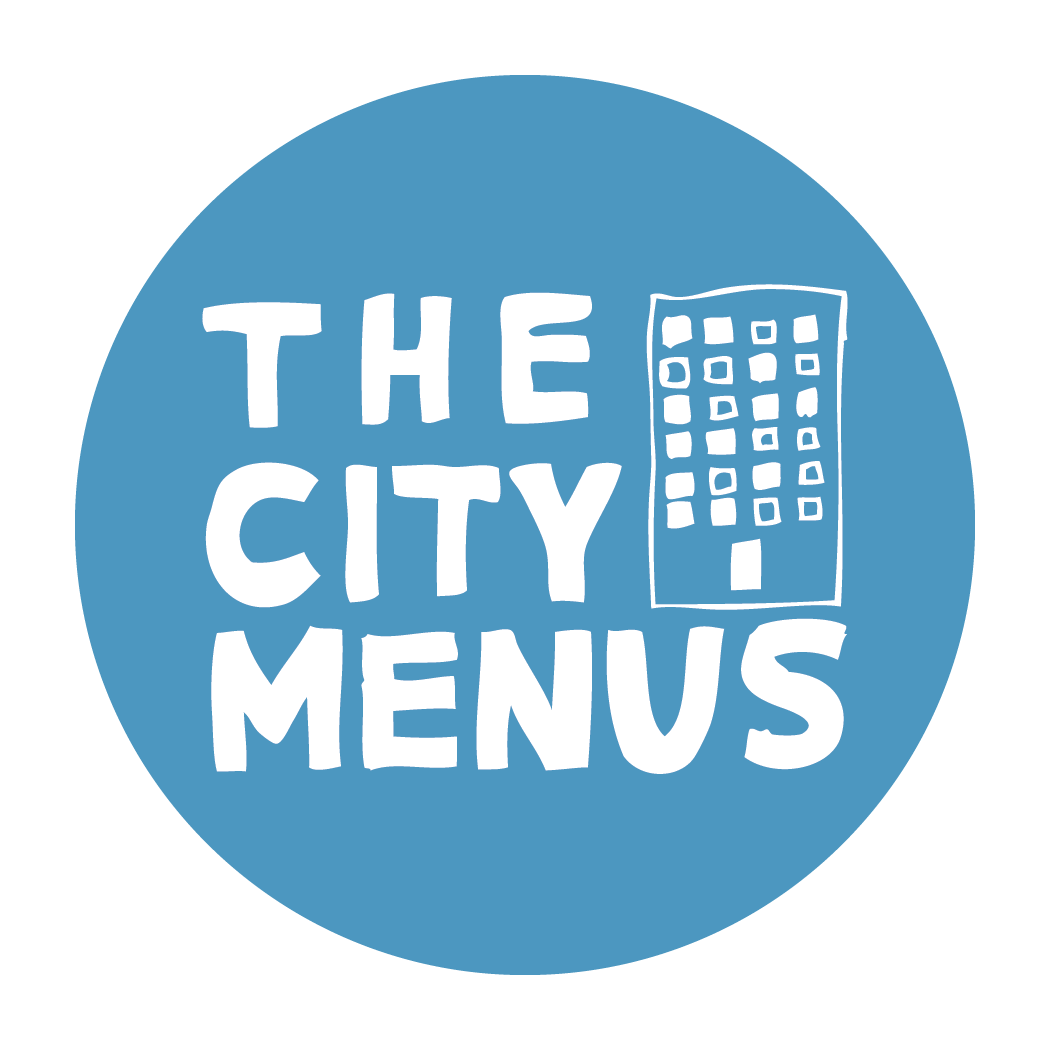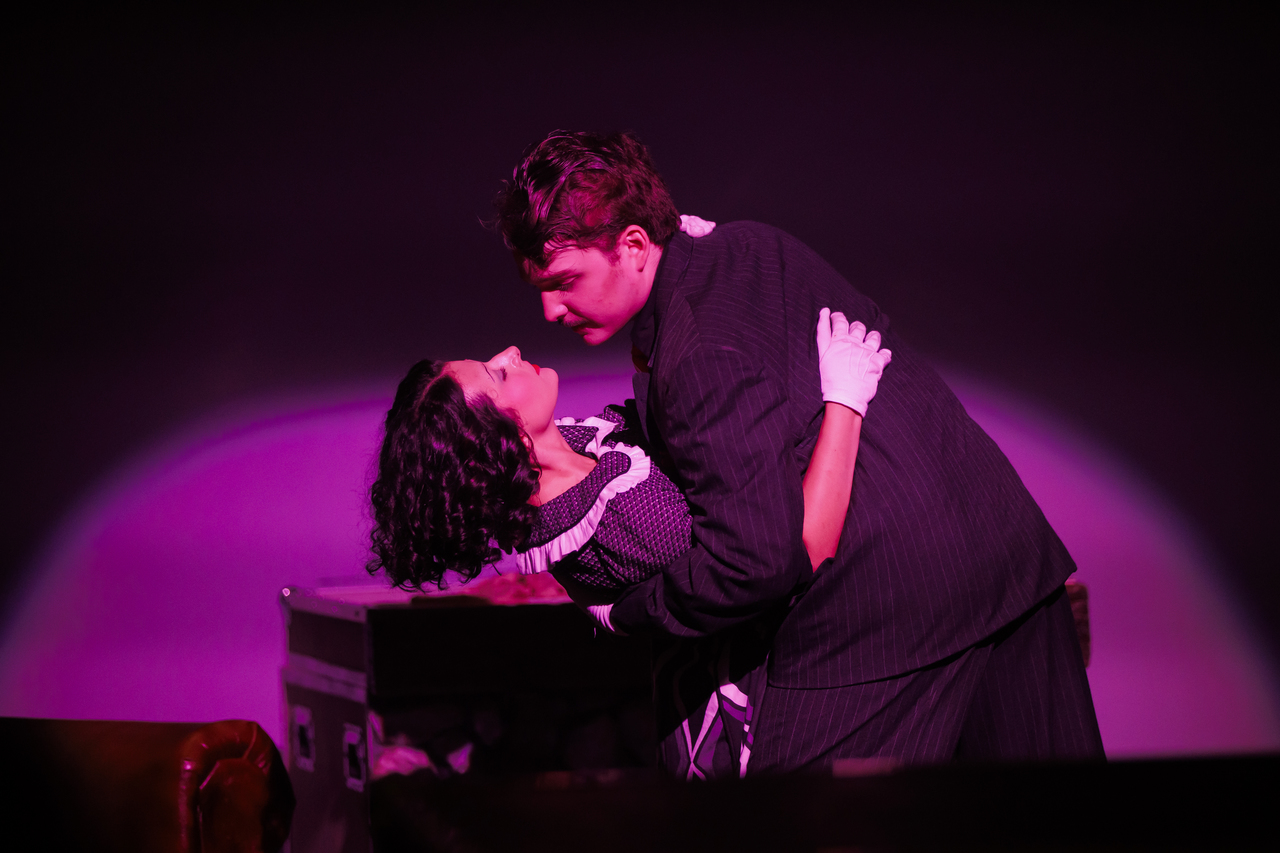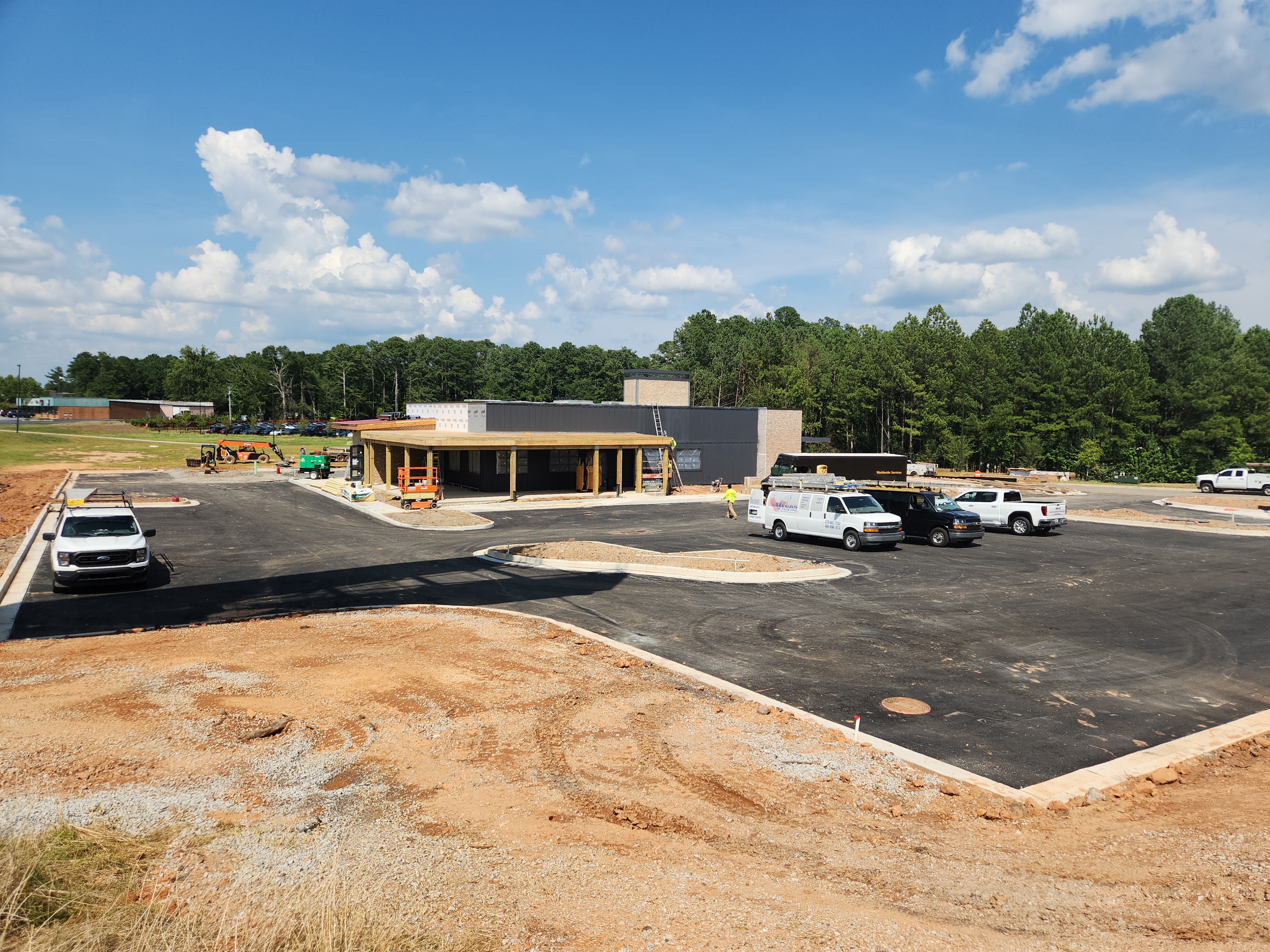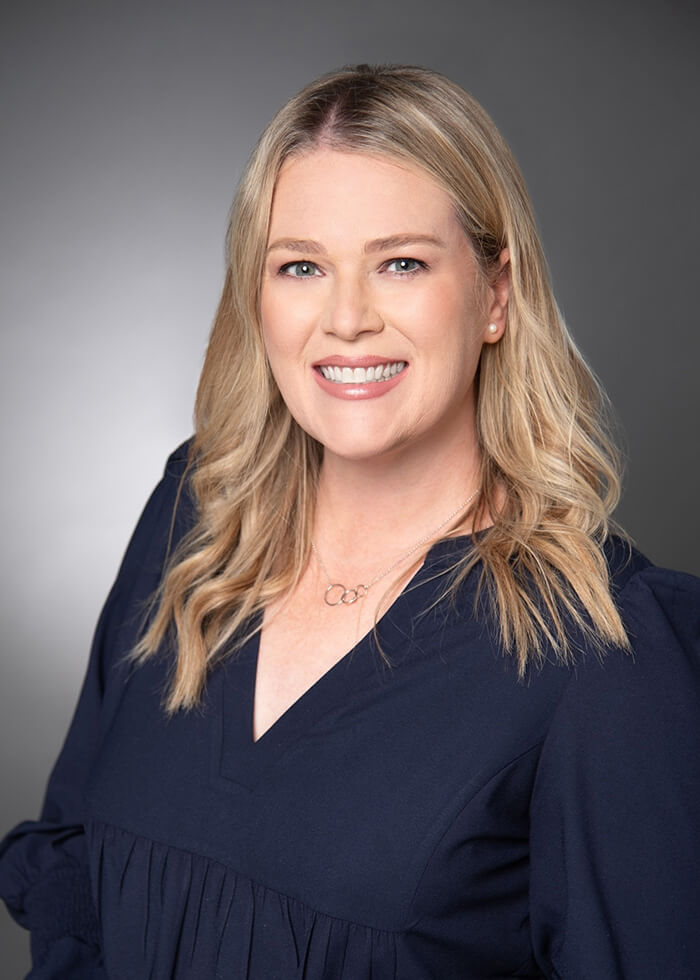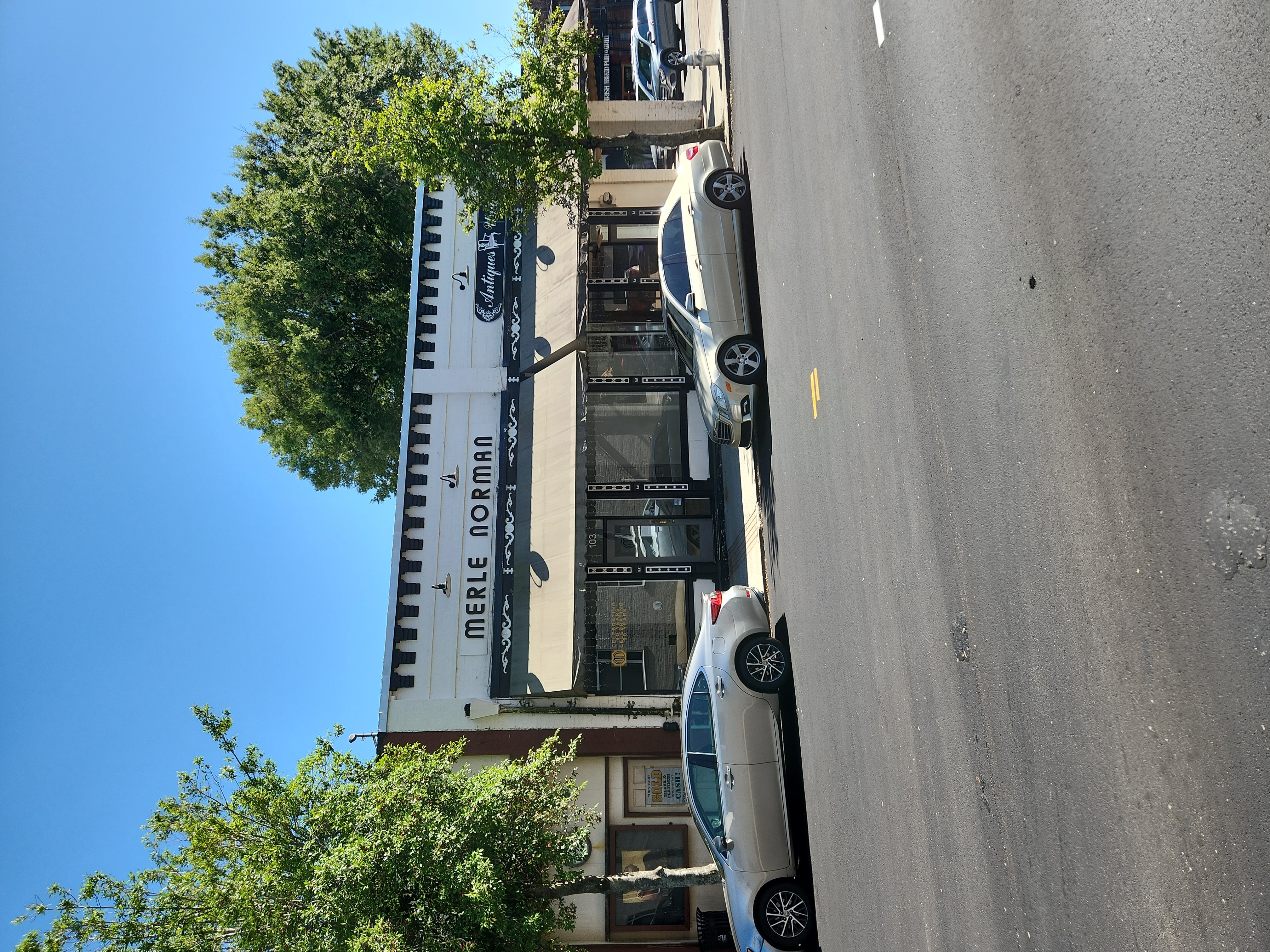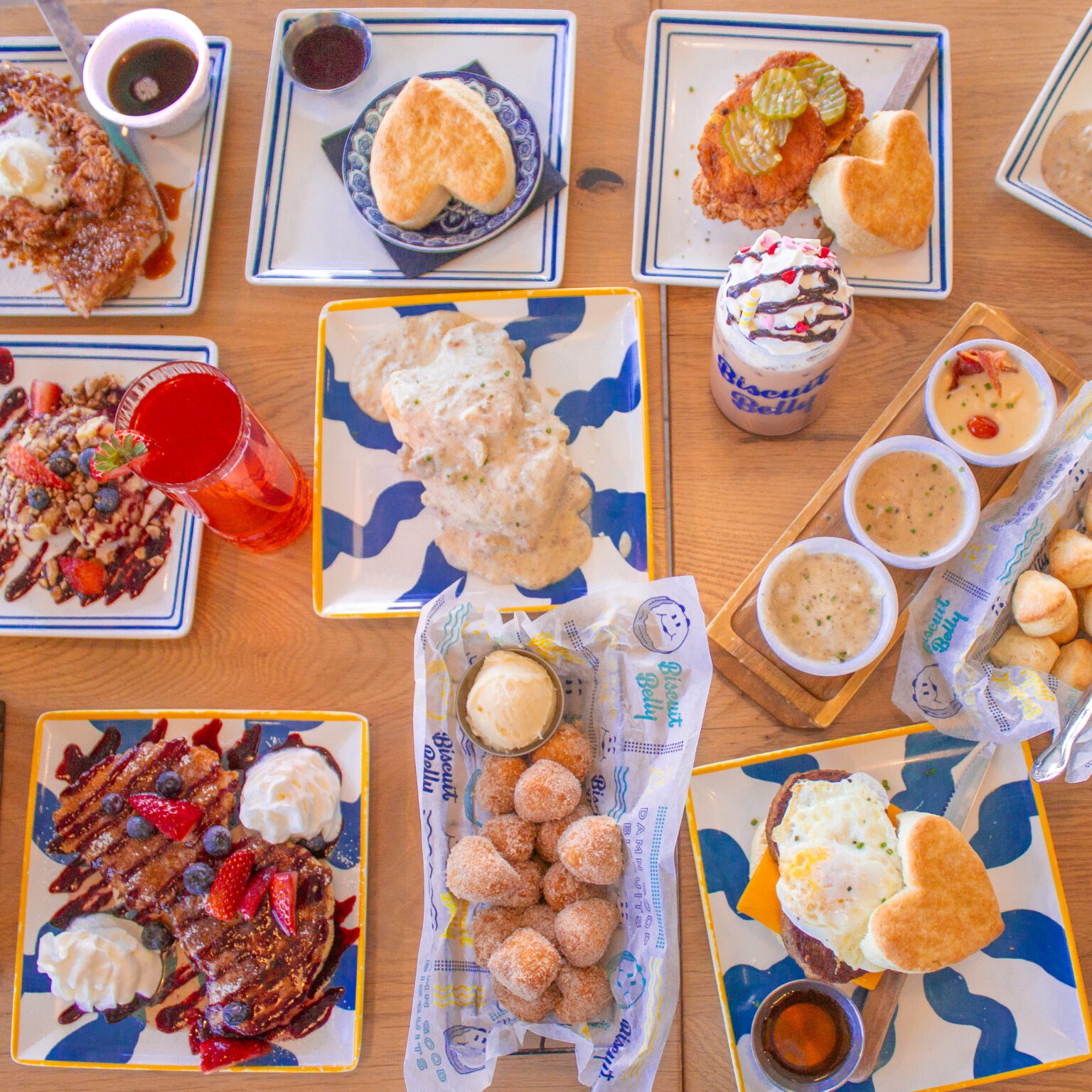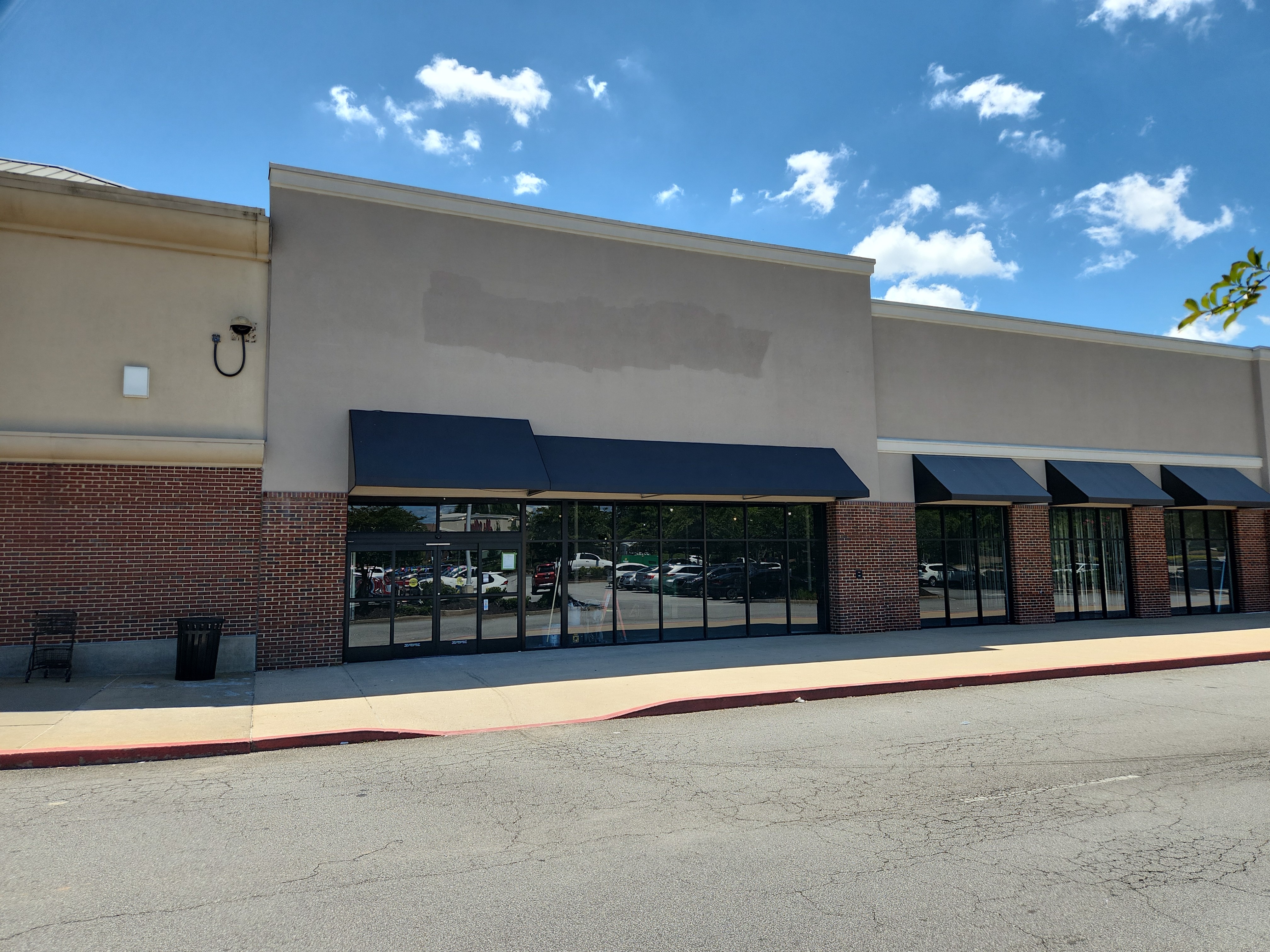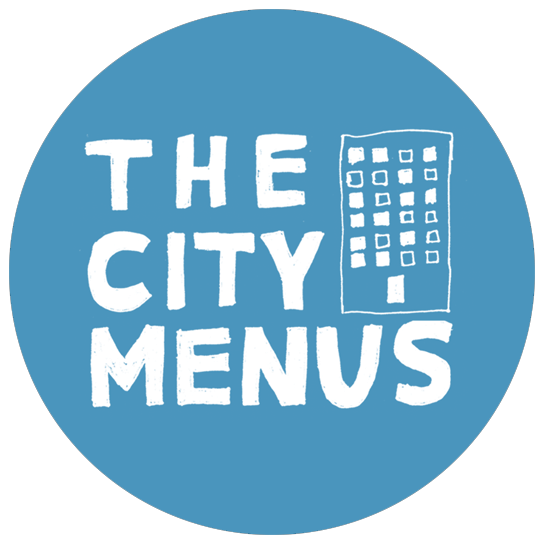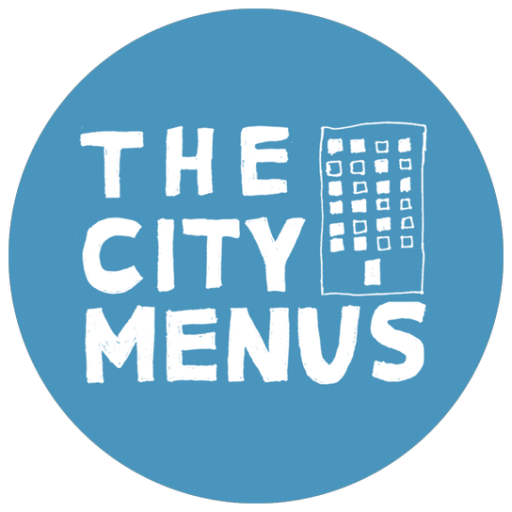Love is in the air – literally. This Valentine’s Day, UWG News sat down with two members of the University of West Georgia faculty to delve into the science of attraction and how love goes well beyond skin deep.
Love may feel like magic, but behind every racing heart and lingering glance is a fascinating cocktail of neurotransmitters and hormones, igniting a symphony of sensations. Beneath it all, these silent, invisible signals whisper secrets of compatibility while a fusion of biochemistry and emotions transforms a simple moment into an undeniable spark, proving that love is not just a feeling but a finely tuned masterpiece.
Let’s Get Chemical
“When we find ourselves attracted to someone, we speak of having ‘chemistry’ with that person,” said Dr. Nisha Gupta, associate professor of psychology in UWG’s College of Humanities, Arts and Social Sciences. “This refers to that exhilarating concoction that works together to place us in the dizzying spell of ‘falling in love.’”
During the initial infatuation stage of a romance, the neurotransmitters calling the shots are dopamine – associated with the pleasure and reward system of our brain – and norepinephrine – comparable to an adrenaline rush.
The late anthropologist Helen Fisher conducted a pioneering study in which she enlisted 2,500 college students and, while they were having MRIs, showed each one a picture of the person s/he loved. In addition to pleasure and reward detection, the regions that illuminated were ones associated with the integration of sensory experiences and focused attention.
“Many of these hormones and chemicals are upregulated when finding and building bonds with a partner,” said neuroscientist Dr. Melissa Johnson, professor and undergraduate program coordinator of biology in UWG’s Dr. James ‘Earl’ Perry College of Mathematics, Computing and Sciences. “These reinforce positive feelings and eagerness to pursue these feelings, similar to reward behavior cycles observed during addiction.”
This fuels passion and anxiety, leading to symptoms like increased heart rate and blood pressure, sweaty palms and restlessness.
“This is why some people refer to experiencing love as a drug,” noted Gupta.
You’re My Type vs Opposites Attract
Human consciousness is more than simply brain machinery. Gupta, who also serves as a couples’ counselor, explained what makes our attraction preferences highly unique is the notion that each person unconsciously carries a “love map” of who we’re emotionally attracted to. She described this map as stitched together in a tapestry of childhood memories and blueprints of relationships imprinted on us from birth.
“When we meet someone whose style, behavior, appearance or personality fits with this love map, we tend to attach to them strongly,” said Gupta. “If there is unfinished business between us and our early attachment figures, a conscious relationship between two adult partners can serve as an emotionally corrective experience for psychological healing.”
Johnson explained that attraction is a mixture of nature (genetics) and nurture (experience).
“Species have evolved for the sole purpose of finding mates and producing viable offspring,” she said. “Identifying partners who are healthy and exhibit characteristics of strength are instinctual and may correlate to specific chemical signals. Experience shows up as modifying and refining neuron connections in the pathways of the brain. These create associations between memories and current events. The more association you have, the stronger the neuron circuit will be.”
Although these complementary types tend to be drawn to each other, there is a case to be made about opposites attracting.
“The opportunity for partners with opposing love languages is to become inspired by the other’s strengths,” Gupta elaborated. “For example, an anxious partner becomes inspired to practice more self-soothing, as modeled by their mate, or the more avoidant partner learns to practice vulnerability. In this way, each person can stretch themselves with a spirit of generosity to demonstrate their partner’s way of feeling loved, even if it doesn’t come naturally at first.”
Everlasting Love
No matter how exciting these initial stages of falling in love are, it’s not sustainable. But thankfully, as a relationship transitions into something longer term, other neurotransmitters – like oxytocin and serotonin – flood the body.
“Oxytocin is the cuddly hormone that is released between child and caregiver while bonding, such as when being held, and while snuggling next to our partner on the couch to binge-watch TV,” Gupta explained. “Serotonin is our brain’s natural anti-depressant, which depletes during the initial infatuation stage of a connection but stabilizes once a relationship becomes long lasting and our bodies relax into the warm bath of a stable attachment.”
The aforementioned Fisher helped conduct a 2011 study that performed MRI scans on couples who’d been married an average of 21 years. It was discovered that the husbands’ and wives’ brains exhibited the same level of activity in regions of those newly in love, which suggests the thrill of romance can endure though not as euphoric as the early stages.
“This shows that love is not just an exciting feeling but an active practice,” Gupta concluded. “Romantic relationships are one of many opportunities to evolve our capacity to love. The next time you feel lovesick, enjoy the butterflies and prepare for transformation!”
